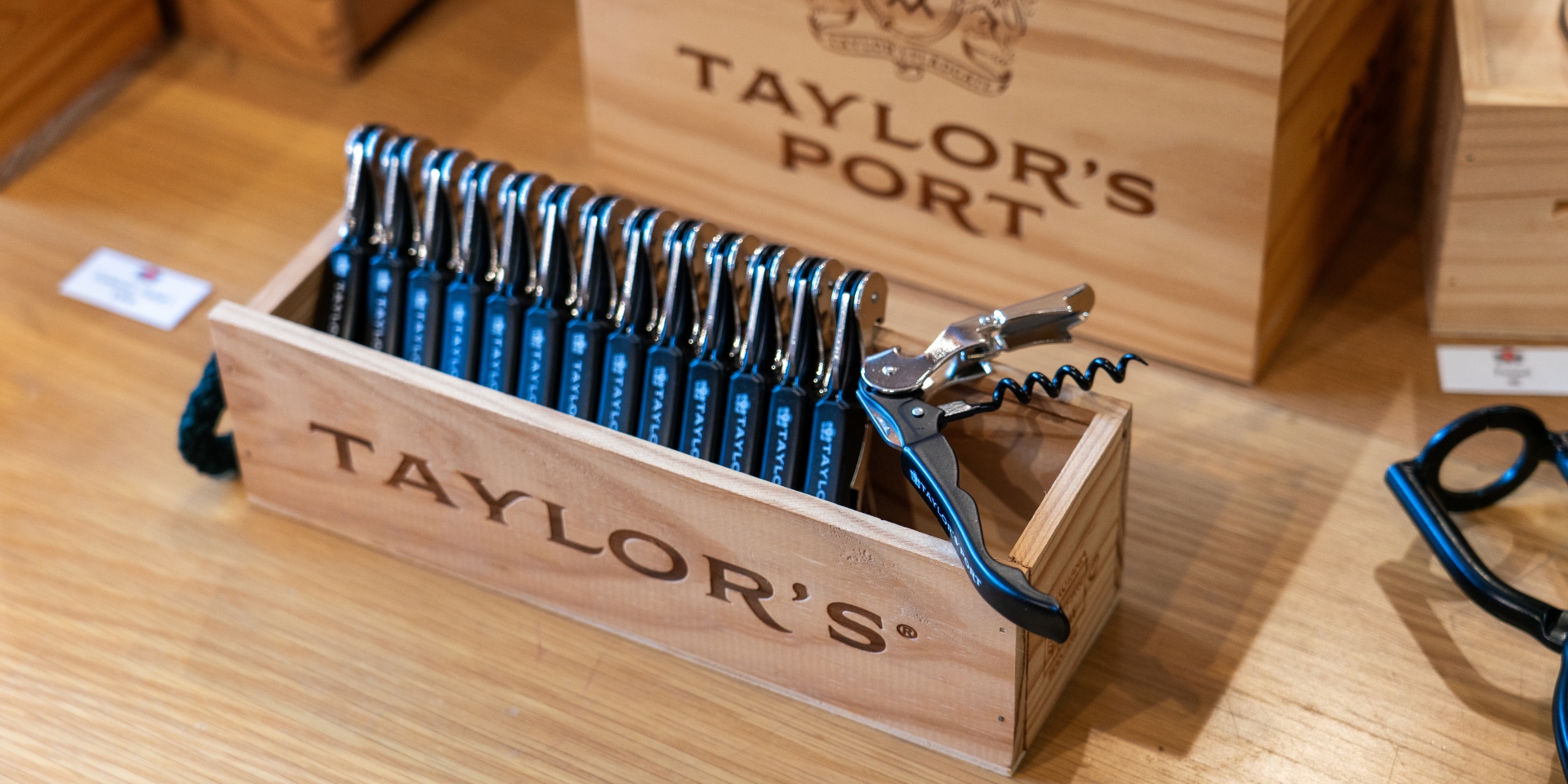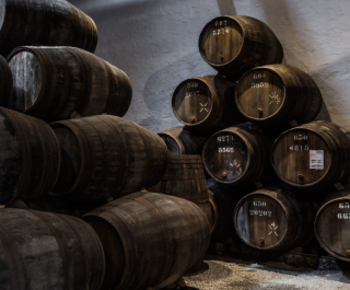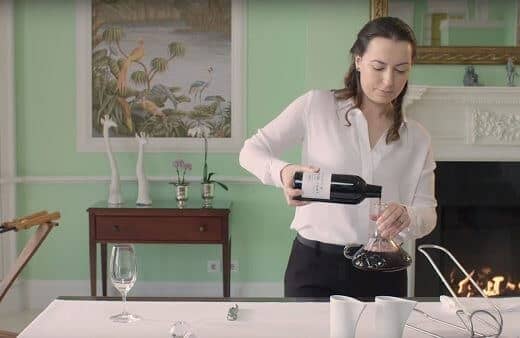Glasses & Accessories
The right kind of Port glass
In recent years there has been an explosion of different shaped wine glasses into the market, all professing their ability to deliver the most amazing of wine experiences through their individual shape and design. For this we should be grateful, as it allows us to say farewell to the dreaded Paris goblet, the Schooner or the thimble size glass that has been the bane of Port wine through the ages.
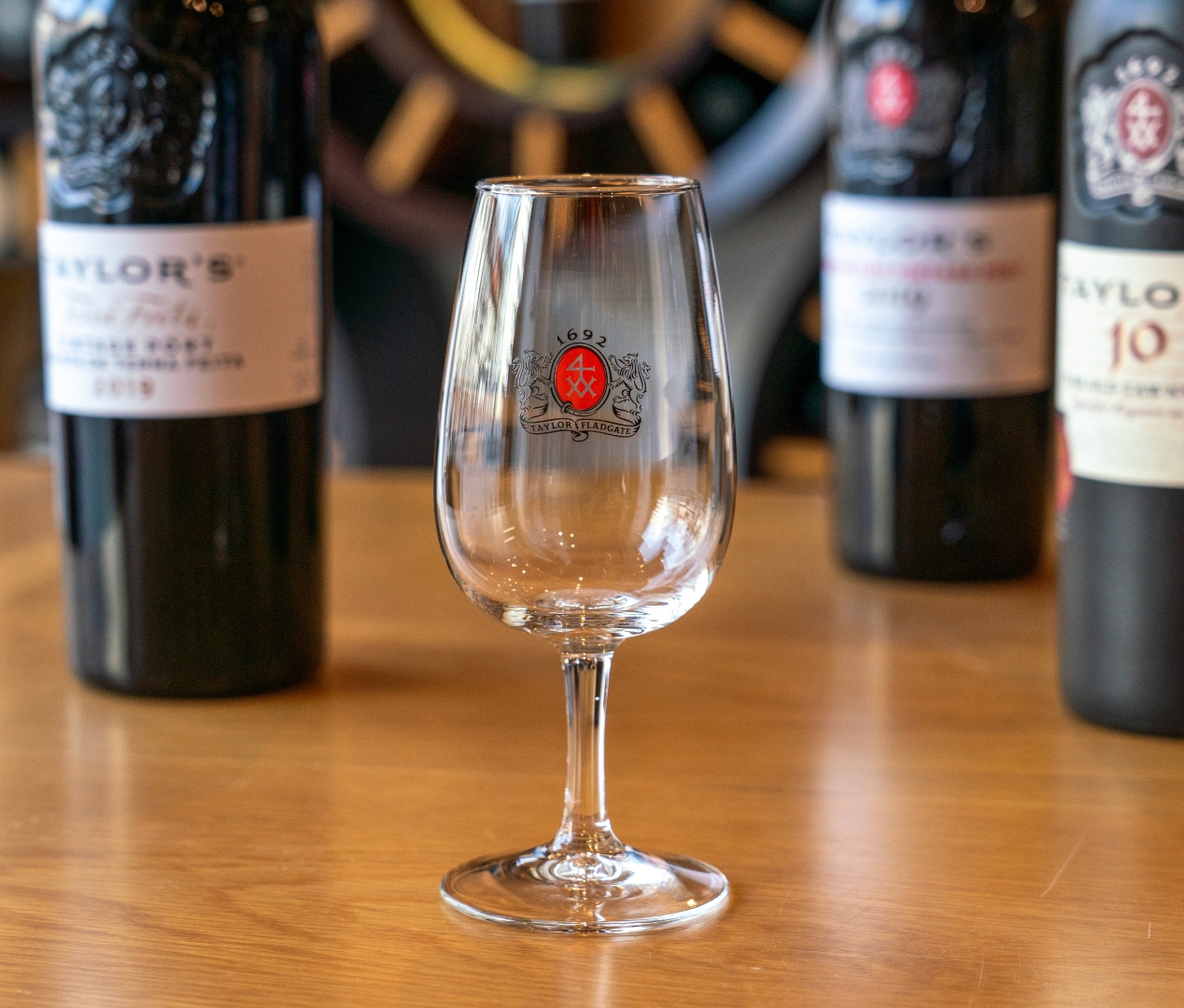
Do not feel that you have to spend a fortune on your Port glasses, but do use a well proportioned, good quality glass to really enjoy the powerful aromas and flavour profiles that Port wine offers. You would not put a fine white Burgundy or expensive claret into a tiny glass, so why do this to a fine Port wine? Do not mute the wine, but flatter it by affording it the correct glass.
A good corkscrew
Not all Port wine styles are sealed with a driven cork, some styles such as Aged Tawny Ports, or Late Bottled Vintage Port use a stopper cork, which allows the wine to be resealed on a number of occasions and easily removed by hand. All Vintage Port wines are closed with a natural cork and therefore need to be neatly opened with a good corkscrew.
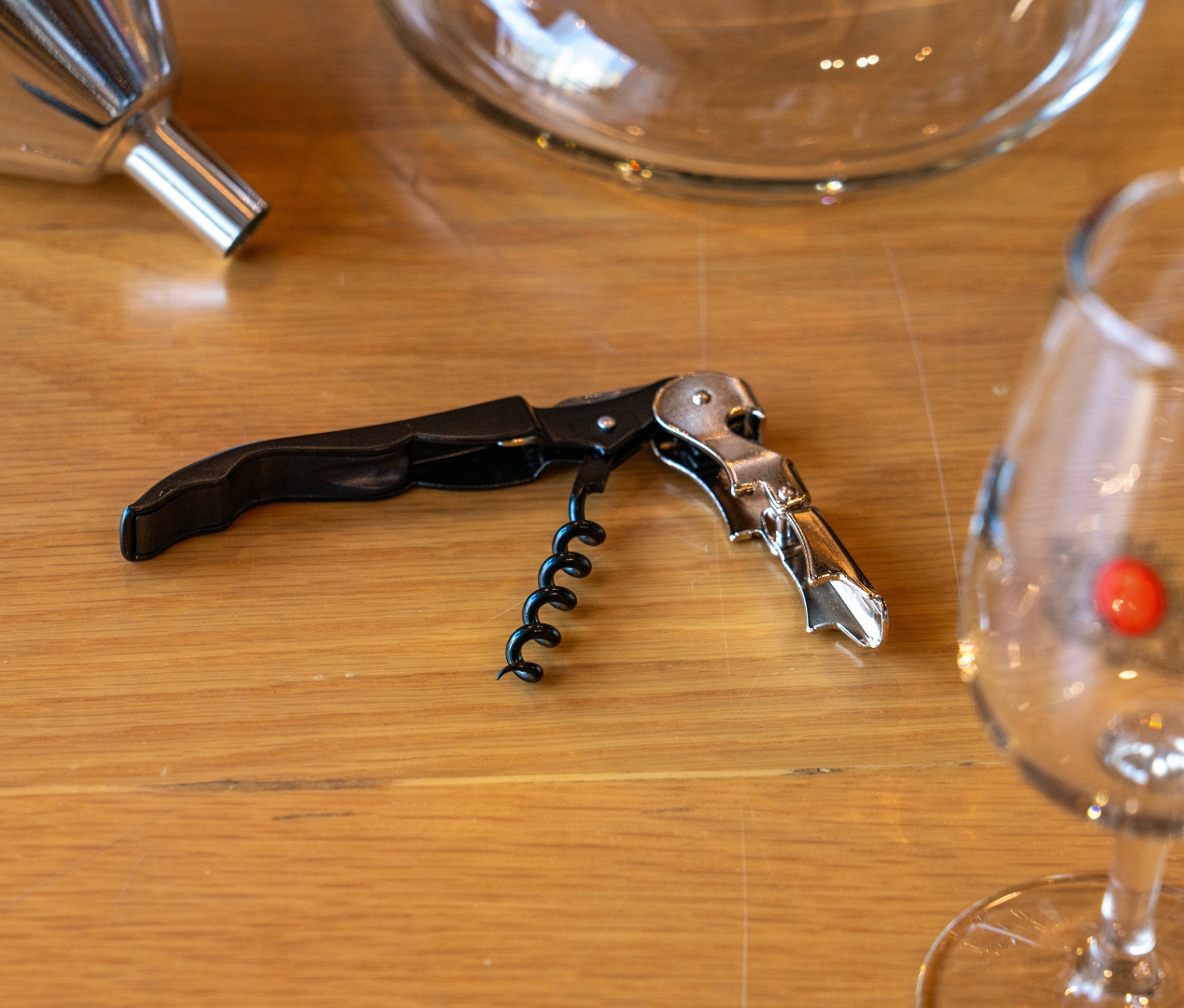
Corkscrews vary in their style from the classic waiters’ friend, most commonly used in the restaurant environment, to Screwpulls and even ‘The Rabbit’.
The secret to opening a bottle of Vintage Port is not simply about the corkscrew, but the manner in which you go about opening the bottle. Do not rush it, gently ease the cork from its position, so as to remove the cork as cleanly and smoothly as possible. Do not worry about a cork snapping, or even crumbling. This will not affect the taste of the wine and any of the unwanted cork that may have fallen into the Port wine, will be removed when it is decanted through a funnel into the decanter.
A funnel
The use of a wine funnel whilst decanting not only holds the added benefit of stopping any unwanted cork or sediment from entering into your decanter, but also promotes oxygenation of the wine, bringing out the full flavours of the wine and ensuring a full wine experience.

If you do not have a funnel, a steady hand and perhaps some muslin cloth to catch any of the wines sediment – will deliver just as good an end result.
Port Tongs
Tongs are long metal graspers, usually made from cast iron with wooden handles, which have a ring at the end. The ring allows one to grasp the neck of a port bottle. Vintage Port that has been in good storage can last decades or even centuries. In ancient bottles such as these, removing the cork can be quite difficult without destroying the cork.
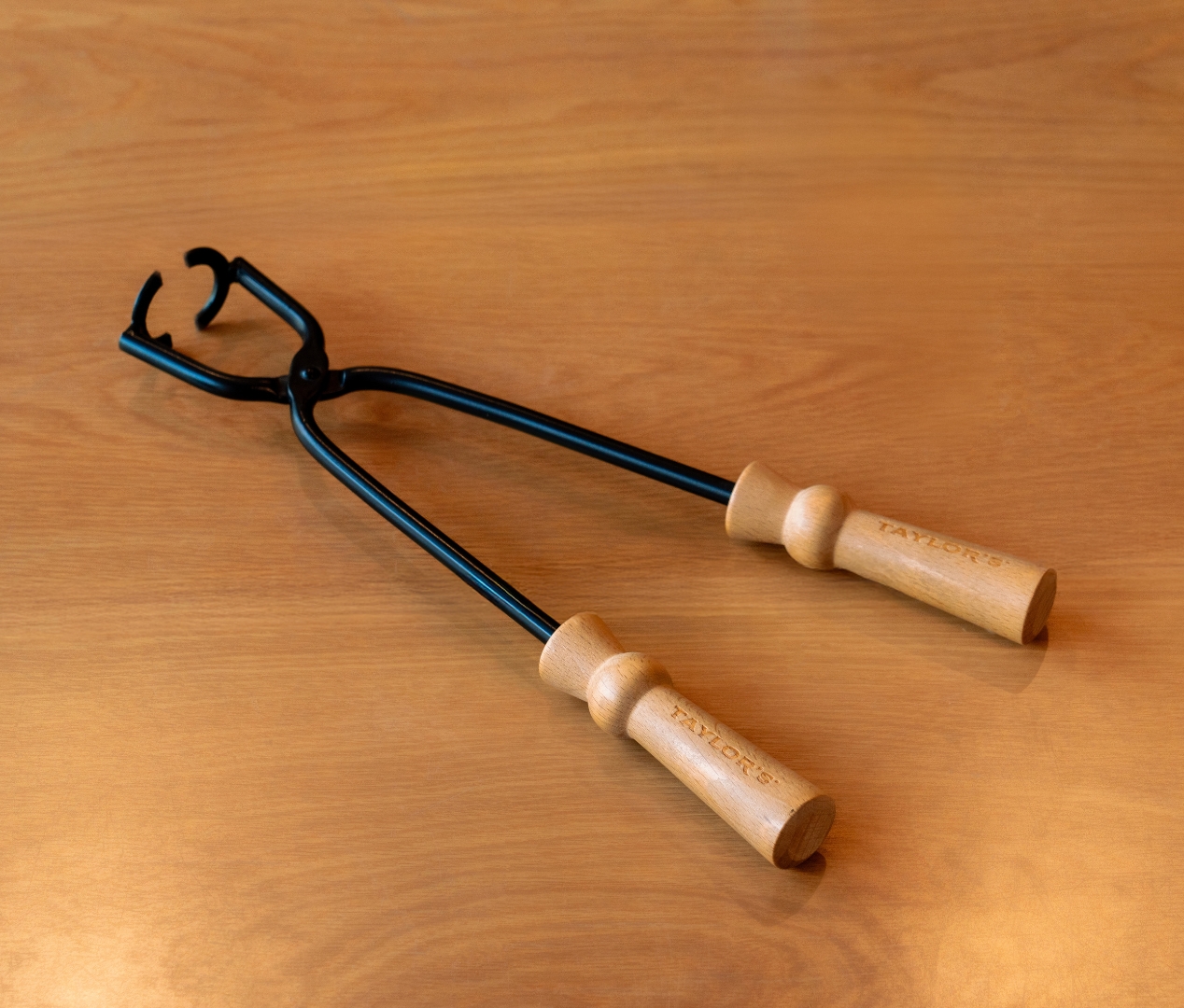
The purpose of Port tongs is to allow you to remove the neck of the old port bottle completely with the cork intact so that service can proceed easily and cleanly. A nice thing to possess, but by no means essential.
Decanter
Throughout the history of wine, decanters have played a significant role in the serving of wine. No more so is this tradition than the serving of Vintage Port. Decanters come in all shapes and sizes, the flat based Ship's decanter being commonly used for Port.
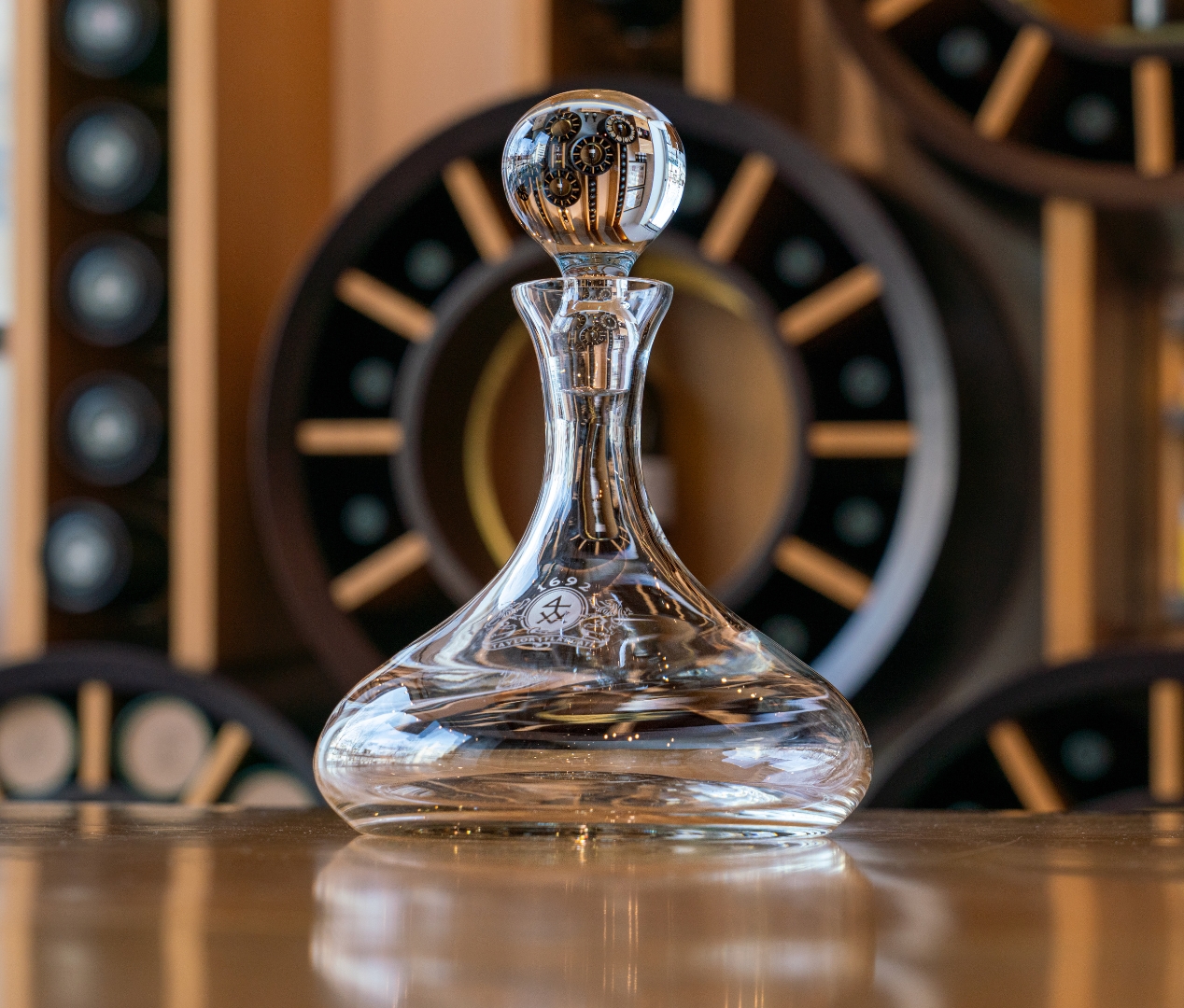
Rather more obscure and rare is the Hoggit, a round-bottomed decanter that cannot be put down unless resting on its wooden base, thus ensuring that guests keep passing it round the table.


discover more

